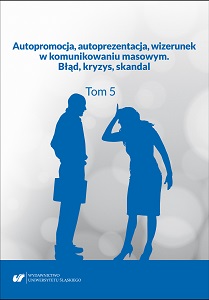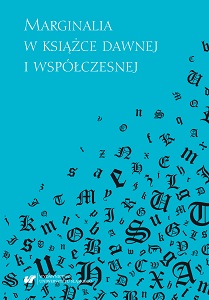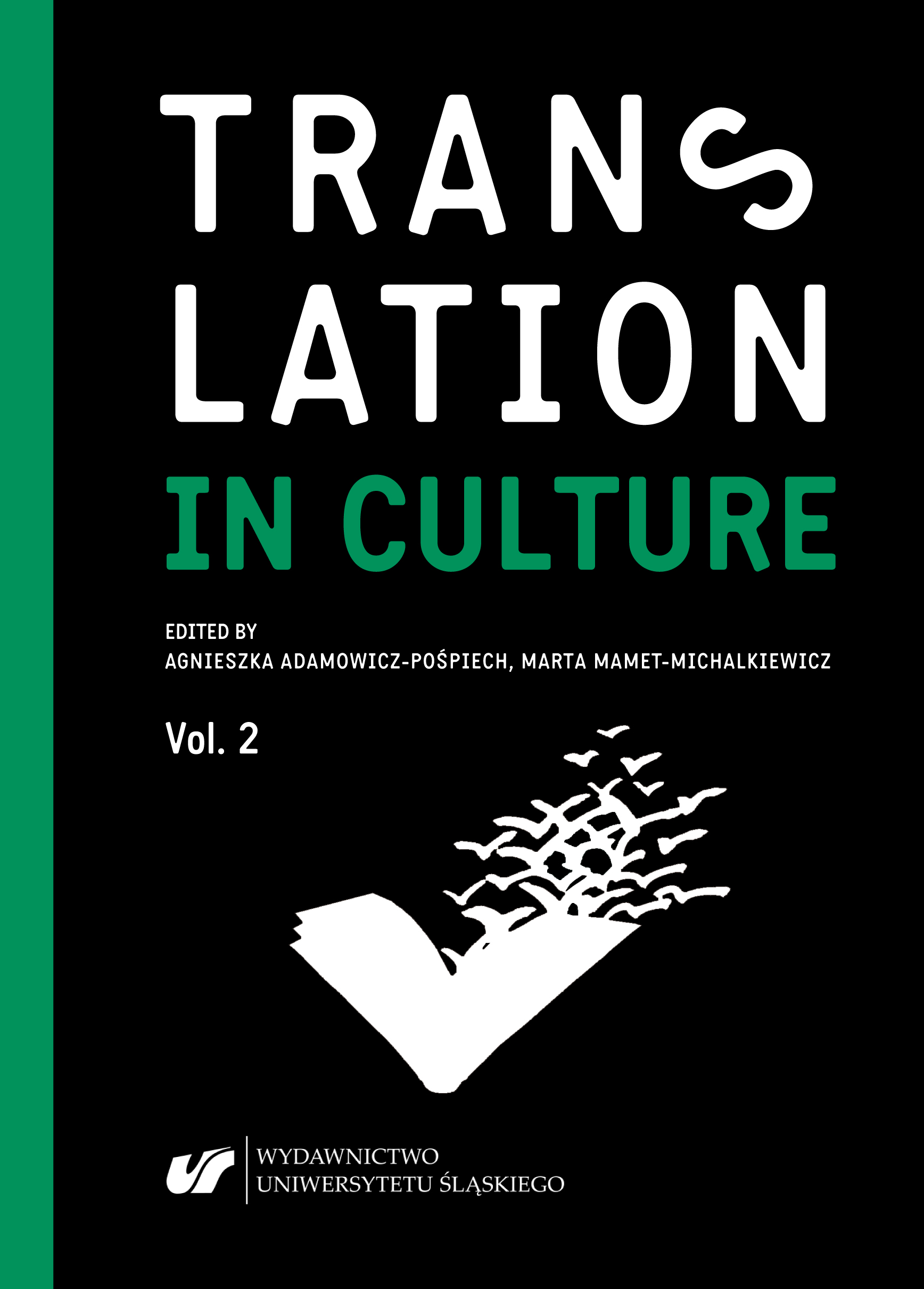
„Złodziejka mężów” — wizerunek Marii Skłodowskiej‑Curie w źródłach biograficznych
The author analyses the image of the Noble prize winner which is presented in dictionaries as well as in contemporary biographic works. The text discusses various image‑creating strategies applied by biography authors thanks to which a multidimensional portrait of Maria Skłodowska‑Curie is created. The most important and consolidated portrayal of the scholar has been supplemented by an image of a strong and a delicate woman in the world of men, a Pole and a patriot as well as a wife, a mother and a person involved in scandal.
More...

